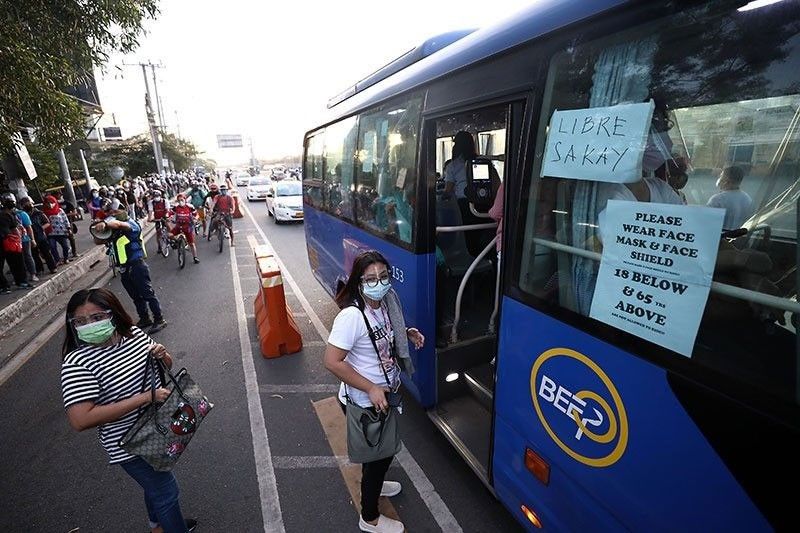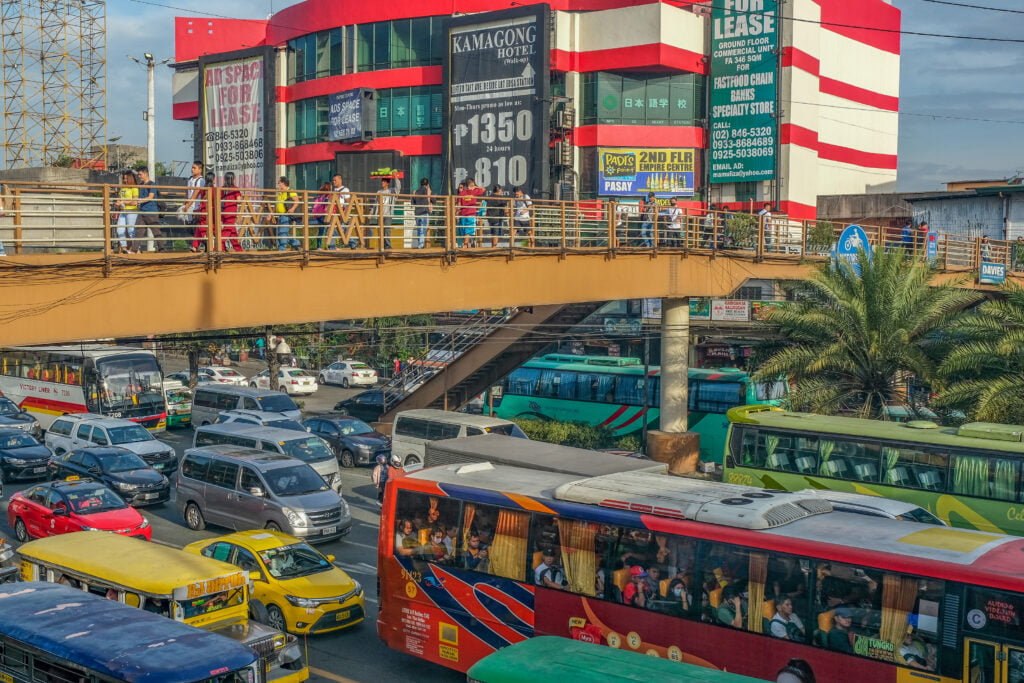Exactly How Transportation Advertising Can Change Public Transport Spaces Into Dynamic Marketing Operatings Systems
Transportation advertising holds considerable possibility to redefine public transportation rooms into vibrant marketing systems that engage and educate. By using innovative styles such as electronic display screens and interactive kiosks, brand names can not just get to a varied target market but also improve the general traveler experience. This strategy develops an unique opportunity for brands to get in touch with consumers in a setting that is frequently ignored. As we check out the complex advantages and advancing approaches of transportation advertising, it elevates the inquiry of how this makeover can redefine our communications with both brand names and the city setting.
Advantages of Transit Advertising

Additionally, transportation advertising is very affordable contrasted to conventional media. It permits advertisers to accomplish high impressions at lower prices, optimizing return on investment. The restricted audience of travelers provides a chance for brand names to convey their messages to people who are typically responsive during their traveling times.
Furthermore, the vibrant nature of transportation marketing permits campaigns to be updated regularly, ensuring that messaging stays timely and appropriate. This versatility can be critical in replying to market patterns or advertising occasions, keeping the brand top-of-mind for customers. Last but not least, the pervasive presence of transit advertising and marketing adds to brand recall; duplicated direct exposure within acquainted traveling contexts reinforces brand awareness and fosters consumer loyalty, eventually driving sales and improving brand name online reputation.
Types of Transportation Advertising
Mass transit systems provide various formats for advertising, each dealing with different marketing strategies and target market engagement approaches. One famous kind is outside bus and train wraps, which cover the entire vehicle and create a mobile billboard result, permitting high presence in metropolitan atmospheres. These wraps can capture focus as they go across active streets, reaching a varied target market.
Another preferred style is interior advertising and marketing, that includes posters, digital displays, and ads on transportation seats. These positionings engage guests during their trip, strengthening brand messaging in a constrained area. Digital presents, specifically, provide the advantage of vibrant content, making it possible for advertisers to upgrade messages in real-time.
Station advertising and marketing is likewise significant, including posters, banners, and interactive kiosks within transportation stations. These advertisements leverage foot website traffic and can target particular demographics based upon place.
Lastly, advertising partnerships with transportation authorities can result in one-of-a-kind campaigns, such as themed transportation experiences or events, improving the total interaction with travelers. Each sort of transportation advertising uses distinct advantages, allowing brands to customize their method to properly reach their target audience within the general public transport community.
Involving Travelers Properly
Commuters are significantly flooded with advertising messages during their day-to-day trips, making it vital for brand names to involve them in cutting-edge ways. To catch interest in this jampacked room, advertisers should prioritize imagination and importance. Utilizing appealing visuals and succinct messaging can significantly enhance the possibility of interaction.
Interactive aspects, such as QR codes or enhanced fact attributes, can additionally change fixed advertisements right into immersive experiences, cultivating a much deeper link with the target market. Brand names need to concentrate on resolving travelers' passions and demands, customizing messages to reverberate with their way of living, whether via promos for neighborhood organizations or solutions created to improve their commuting experience.
Additionally, timing plays an important function; tactically placing ads throughout peak commuting hours can optimize exposure and effect. Involving commuters successfully likewise involves leveraging social media integration, enabling passengers to share their promotions or experiences directly from transportation platforms, thus amplifying brand name reach.
Fundamentally, effective involvement depends upon comprehending the commuter trip and producing engaging, interactive, and appropriate marketing experiences that not just catch attention but additionally drive action and commitment. By doing so, brands can change mass transit right into a dynamic advertising system that resonates with its target market.

Measuring Advertising Influence
How can brand names precisely assess the efficiency of their ad campaign in transit settings? Measuring the influence of transit advertising and marketing requires a complex method that incorporates qualitative and measurable metrics. have a peek at this website One common approach is tracking interaction via mobile analytics, where brands can examine foot traffic patterns and application communications previously, throughout, and after campaigns.
Surveys can give useful understandings into brand name recall and customer sentiment, enabling brand names to evaluate exactly how well their messages reverberate with commuters. In addition, keeping track of social media sites engagement pertaining to details projects can disclose shifts in public understanding and brand name discussion.

Additionally, teaming up with transit companies try this can improve dimension precision, as they often possess comprehensive market information on ridership fads. By incorporating these methodologies, brands can develop an extensive understanding of their marketing efficiency, making sure that their projects not just get to however likewise affect their target market successfully.
Future Fads in Transportation Advertising And Marketing
A substantial change is prepared for en route marketing as technological improvements and altering consumer behaviors reshape the landscape. Transit Advertising Philippines. The integration of interactive media and digital displays is expected to boost involvement, permitting brands to deliver vibrant material that reverberates with diverse target markets. As public transportation systems embrace clever innovation, advertisers will certainly take advantage of real-time data analytics to customize messages based on passenger demographics and actions
Additionally, augmented fact (AR) is positioned to transform the means commuters interact with promotions. By offering immersive experiences, AR can transform an ordinary journey right into an engaging story that captures focus and promotes brand name loyalty. This technology will likely urge advertisers to develop more experiential projects that drive consumer communication.
Sustainability is another essential pattern affecting transit advertising and marketing. As environmental awareness grows, brands will significantly seek to line home up with environmentally friendly practices, using lasting products and promoting environment-friendly initiatives within their projects.
Verdict
In conclusion, transportation advertising uses substantial advantages by improving brand name presence and engaging a captive target market. Via various styles, such as outside covers and electronic screens, it transforms mass transit right into a vivid advertising platform. Efficient involvement approaches and robust measurement methods additionally intensify its impact. As trends develop, the capacity for ingenious interactions between brands and commuters is poised to grow, guaranteeing that transportation marketing continues to be a vital component of modern marketing strategies.
Transit advertising and marketing holds substantial possibility to redefine public transport areas into vibrant advertising systems that involve and notify. The prevalent existence of transit advertising adds to brand recall; repeated direct exposure within acquainted travel contexts reinforces brand name understanding and fosters customer loyalty, ultimately improving and driving sales brand credibility.
How can brand names precisely assess the performance of their marketing campaigns in transportation environments?In verdict, transit advertising uses significant benefits by enhancing brand name exposure and engaging a restricted audience. Transit Advertising Philippines. As fads develop, the possibility for ingenious communications between brand names and commuters is poised to expand, making sure that transit marketing remains a crucial component of contemporary marketing methods
Comments on “Economical Transit Advertising Philippines for Brand Understanding”